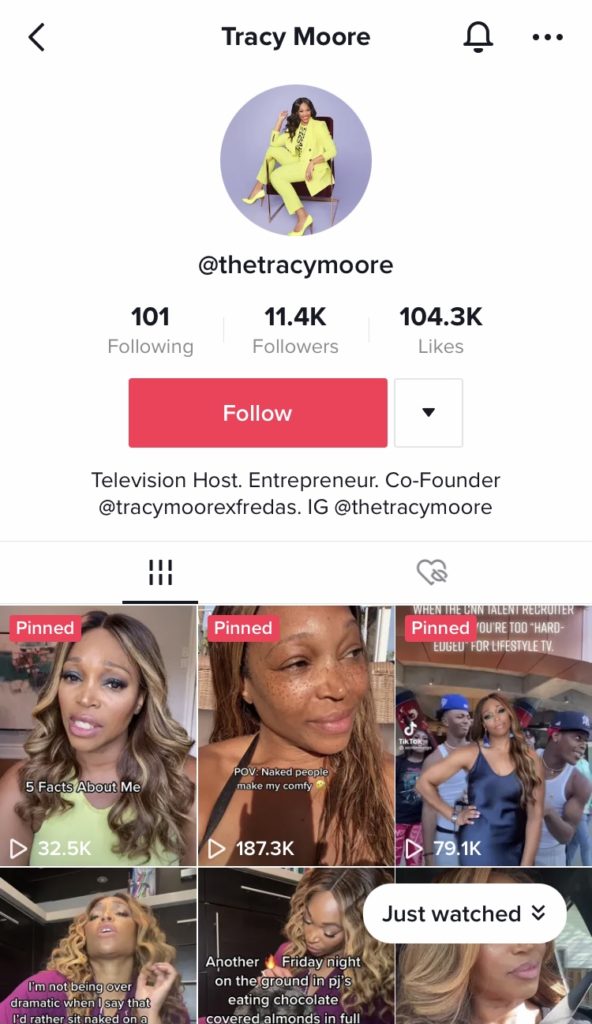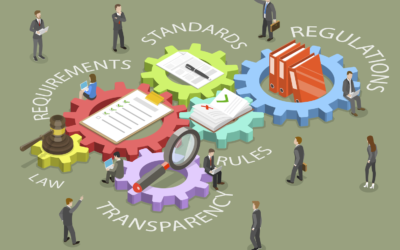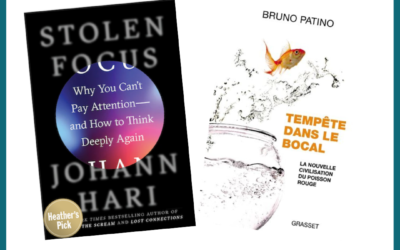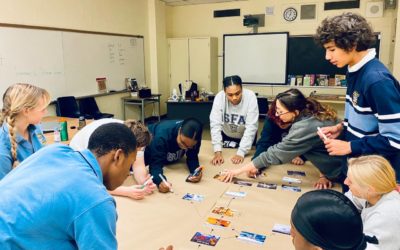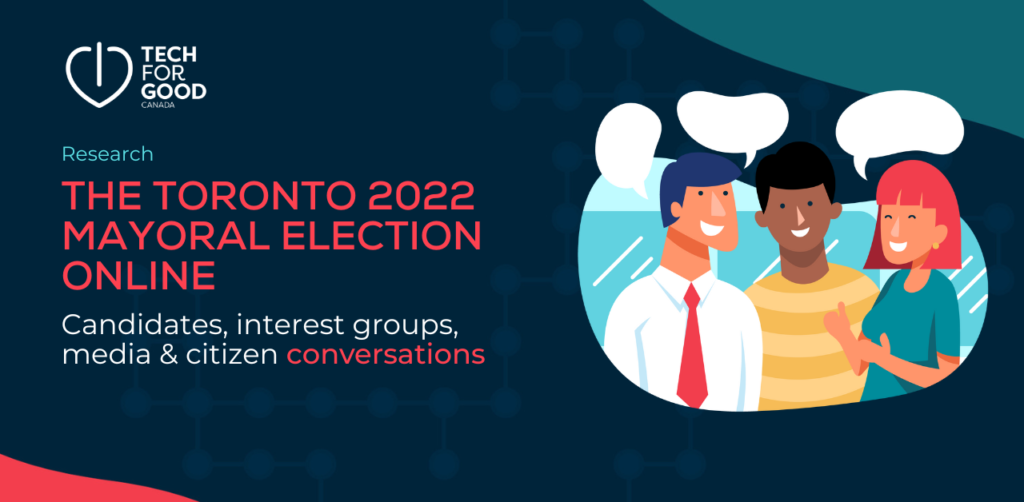
We tracked & echoed online public conversations on Twitter, Facebook & TikTok about the 2022 Toronto race for mayor and issues surrounding the race from the top candidates, interest groups, established and emerging media outlets and concerned residents.
We also looked at how candidates included digital technology, ie, “civic tech” in their platforms for Toronto.
I. Featuring The Toronto 2022 Election Race on Social Media and the Web
Candidates’ use of Digital Media in Toronto’s 2022 race for mayor
After tracking the top six candidates for mayor on Twitter, Facebook, and TikTok, we came to this evaluation of their savvyness in their use of online media.
Stephen Punwasi, who has training in computer science and arts, came out clearly as the top social media communicator. He started out with the largest follower group on Twitter among non incumbent candidates, at over 50 000, thanks to his professional role as a Canada real estate expert.
He is also the only one venturing on TikTok, producing dozens of explanatory videos – necessarily short, as TikTok dictates- on issues like artist housing in Toronto, financing housing, open source development of tech solutions for the city. Despite a small TikTok following of a few hundred, he gathered 63 comments on this video on creating artist residences in Toronto.
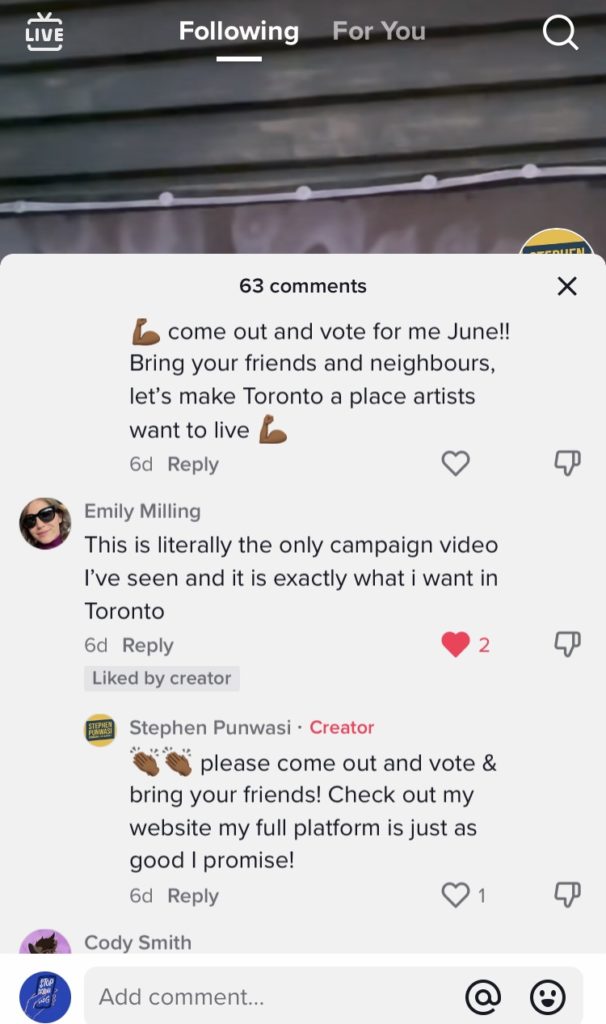
You can watch Punwasi’s 24 TikTok campaign videos here (as of this writing) and get useful insights in some of the issues facing Toronto in 2022. He also “recycled” these videos on his Facebook page and Twitter account, as below.
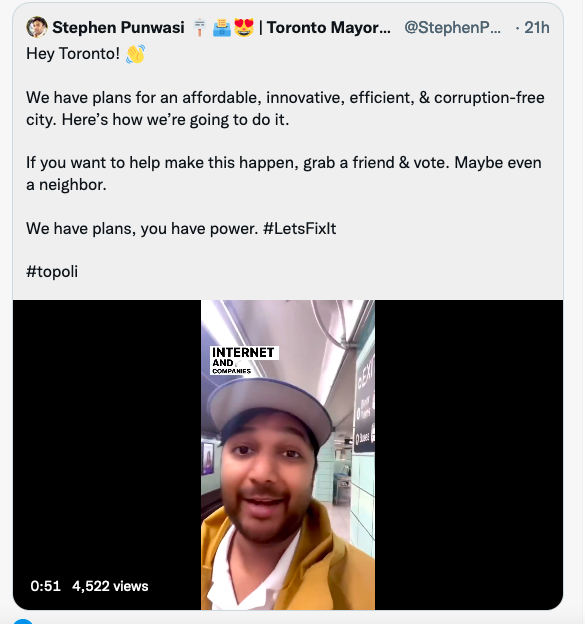
Other candidates Gil Penalosa and Sarah Climenhaga had a regular presence on Twitter and well-designed web sites.
Sarah Climenhaga added the use of podcasting to her digital communications arsenal, choosing to feature candidates for councilor views on issues in this Toronto election, in addition to herself.

Chloe Brown, a public policy analyst with the Future Skills Center in Toronto, clearly had a grasp of digital media, with a presence on Twitter, Linkedin and the web. Her Facebook presence was minimal, whether in terms of page or advertising. She was not initially on TikTok. Here web site has become unaccessible unfortunately this October 25th. She recently posted Twitter and web site statistics showing her tweets had 930 000 impressions (online requests to view) over the past two months. `
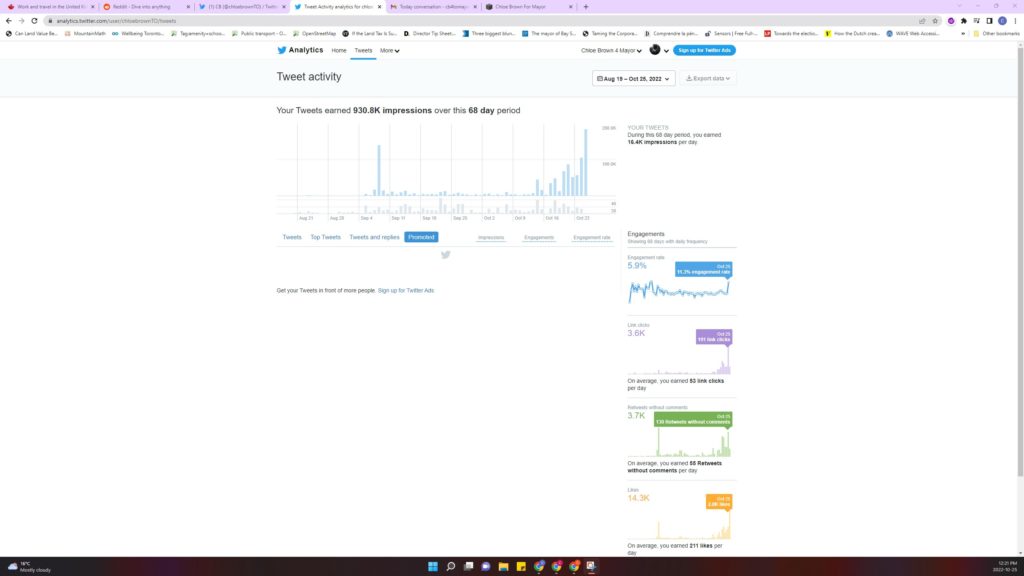
John Tory used his Twitter account to post the endorsements he got from prominent city residents and polished videos from his campaign.
All these candidates used online media without pushing it as far as Stephen Punwasi, who used it to present the issues he wanted to fight for in short form, whether, video or text. Chloe Brown in particular retweeted individual tweets supporting her, as a way to feature her support in the community.

Public online conversations & advertising about the Toronto 2022 Race for Mayor
We tracked & echoed public conversations on Twitter about the 2022 Toronto race for mayor and issues surrounding the race from the top candidates, interest groups, established and emerging media outlets and concerned residents. One of our approaches was to track the following hashtags during the two weeks prior to the October 24 election:
#ToPoli – #ToVotes – #ToVotes22 – #TorontoElection – #TorontoVotes , as well as more partisan hashtags like : #Toronto4Everyone – #CB4TO – #Gil4Mayor – #SorryTory – #WorkingforYou
Looking only at the main hashtag, #ToPoli, there were over 4 330 mentions on Twitter between October 12 and 24th. We haven’t compared with the same period in years past.
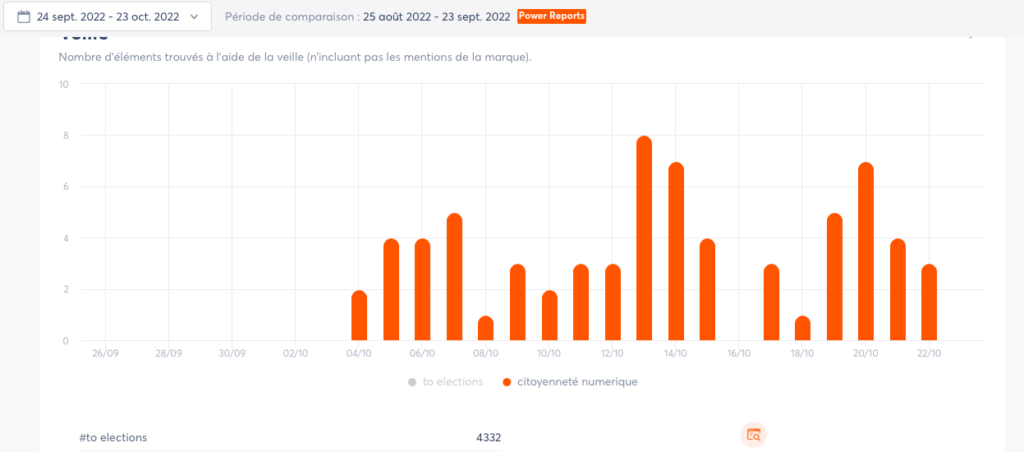
John Tory’s campaign hashtag, #WorkingforYou, was vague enough to be used by a variety of others on Twitter, as we show in this Tweet. This poor choice of hashtag impacted our evaluation of his technology litteracy, shown below.
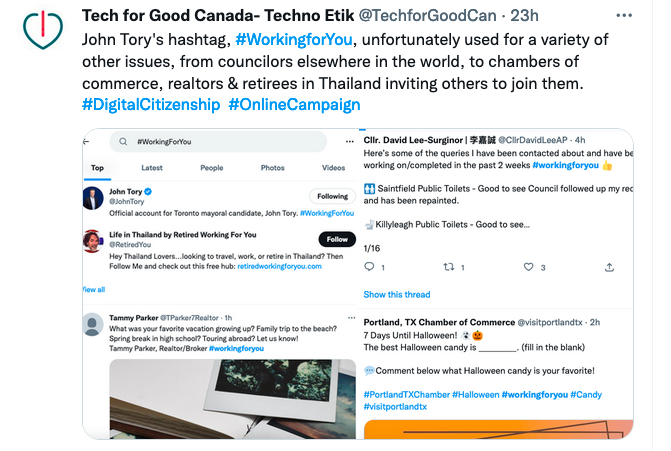
Online Conversations Yield Civic Insights
As a research tool, Twitter is necessarily biased, because it’s used by a very small portion of Toronto residents yet it provides great insights into civic issues. Issues like the voting process came up regularly among concerned residents’ tweets. This is not a moot point, as voting participation in this Toronto election beat low participation rates witnessed in 2018 and 2016, at only 29%, as this Toronto Star article regrets.
Suggestions on increasing voting participation included offering longer hours – as voting started only at 10 am and closed at 8 PM in Toronto October 24. One also suggested allowing people to vote near their work place versus their residence, others to make voting day a weekend or if not, a holiday, to encourage more to vote.
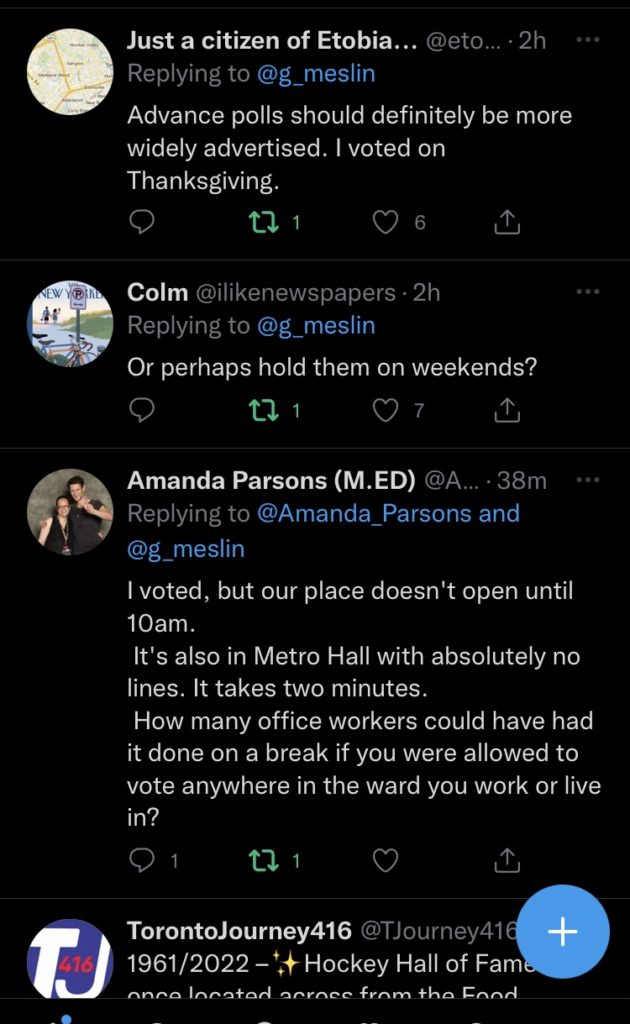
A few tweets brought up they didn’t show up on voter lists.
A few journalists specialized in urban planning and Toronto are highly present on Twitter to help bring up the issues that matter in the city. Tech for Good Canada’s Twitter account featured their insights.
Public conversations on the Toronto Election on TikTok
Surprising as it may seem, there is a discussion of issues facing Toronto among TikTokers. One TV personality and social media influencer, Tracy Moore, spoke in one of her TikToks about making Toronto livable again and gathered thousands of comments.
What we didn’t track: Private Social Media conversations on the Toronto 22 Election
What we have not assessed are the private conversations, in Facebook groups for example, on issues and candidates in the 2022 Toronto mayoral race. This is unaccessible to us, outside of a request for private data. A “fake research request” for Facebook data is what provoked the Cambridge Analytica scandal, so we avoided this route at present.
What we didn’t track: Hidden Political Issues Campaigns Online
What we also have not been able to assess are the advertising campaigns, on the web and Facebook, that may touch on election issues like Toronto housing, real estate, property taxes, traffic and public transit, but have not been labelled as political campaigns in the Facebook ads database. These covert ad campaigns can take the form of sponsored Facebook posts from interest groups with names similar to ” Stronger Toronto ” which are in fact put in place by candidates or private companies and seek to influence the outcome of a public event: a new law, regulation or election.
For a past Canadian example, read Pro Publica’s article here how AirBnb’s marketing bought Facebook ads, apparently from an “interest group” called ” AirBnb Citizen” that itself created in 2017 in an effort to influence the outcome of a vote on restricting AirBnb rentals in Toronto.
II. Inclusion of Technology in Candidate Platforms
Technology is a means to better city management and planning today. When a resident has the option to book a barbecue in a park with a few clicks, the city works best. When a city’s residents and even businesses can access a municipal wifi, free of charge, it opens up possibilities for underprivileged individuals.
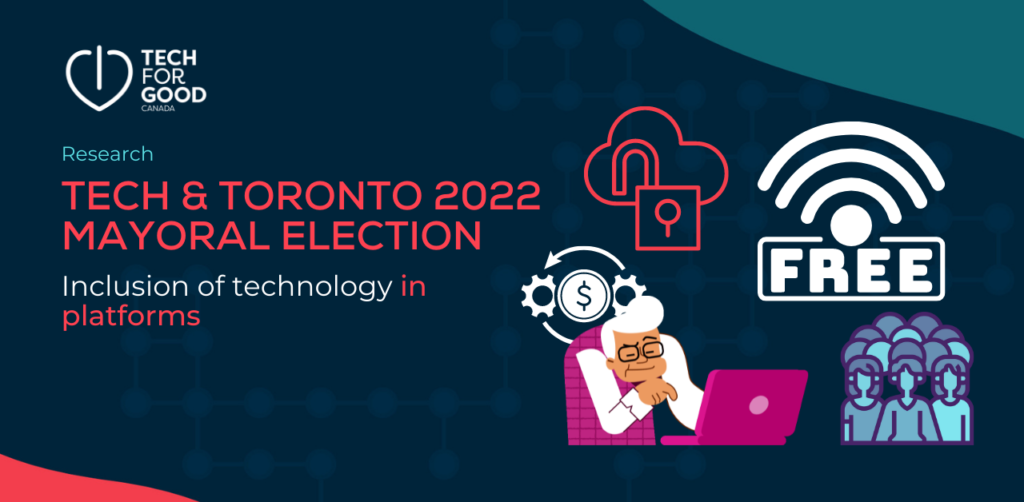
Implementing technology in city planning requires an informed approach in order to be used for the common good. Many pitfalls can happen, especially cost-overruns and lack of diversity in designing Tech solutions .
So we sought to analyse what the top candidates were saying about the use of Technology, ie ” Civic Tech” in their platforms, in particular on these themes:
- Open data vision
- Digitization of city services
- Inclusivity and accessibility in digital access to city services
- Educating the public on digital city services
- Transparency of city’s Tech spending, by program type
- Transparency on Civic Technology procurement
- Set up of city digital teams: tech skills versus UX, Privacy by design and public policy experts
Stephen Punwasi and Chloe Brown came out as the most aware of leveraging technology in city planning. Both explicitely mention technology in their platforms. See details below.
Other candidates did not feature Technology per se. Sarah Climenhaga responded to our questions on this, however, in her usual oopen-minded and collaborative way.
Sarah Climenhaga’s responses on leveraging Civic Tech:
What is you vision for Open data for the city?
I would like all of Toronto’s data to be made transparent and available to the public – everything from budget to housing plans to location of garbages and timeliness of response to complaints
For the digitization of city services
Whatever makes information and service delivery easier I support. I do want to make sure that technology does not replace in person support at the city since there are many people who for financial or other reasons do not have reliable access to technology
For the Inclusivity and accessibility in digital access to city services
Accessibility and inclusivity in all city services important, including digital access to city services. Again, making sure that there are real people available to help people access city services without technology is important
For Educating the public on digital city services/online media litteracy
In general, the city should share whatever city services are available widely throughout Toronto so people know how and where to access them.
For Transparency of city’s Tech spending, by program (e.g, the Parks and Rec e-reservation tool)
All spending, including tech, should be transparent and easily comprehensible for each department.
For Transparency on Tech procurement & final IT costs ( general transparency on suppliers and project costs)
See above – everything the city does should be completely transparent so that the public knows how decisions are made, who is providing them, what project costs are
Vision on the set up of city digital project teams: tech skills versus UX design, Privacy by design and public policy experts, and citizen input in Tech projects
I value resident (as opposed to citizen which excludes a large portion of Torontonians) input in all projects, including tech projects. I’m interested in learning more about privacy by design and tech skills vs UX design.
Stephen Punwasi’s Civic Tech for Toronto Platform
Stephen Punwasi, who has a computer science background, promotes civic Tech on his platform, and has recently added details to it on his site here:
- An open source city for Toronto: ”
Imagine a city where smart software helps reduce your commute time. What if I told you we got it from Halifax, and it won’t cost us anything? They gave it to us, reducing the time it would take to implement our own system, learning from their issues.
At the same time, they’re using software we built to monitor their air quality. We both benefit from our respective experience, reducing expensive lessons. It sounds wacky, but that’s how open source software works and it’s how the internet was built. “
Tech-enabled transparency in city spending:
” Produce essential software to increase transparency. The best disinfectant is sunlight, and we’re going to eliminate the opacity that plagues our system. We’ll leverage our Open Source City plan to produce cost-effective solutions that make it hard to hide. “
High-speed internet is essential for life in Canada, and it’s required for business. It’s how we communicate with our friends and family, and it’s where we watch cat videos. That’s why we have a revenue neutral plan that’s going to drive down the cost, and make it more accessible for all. There’s also no reason it can’t be the best internet service you’ve ever had.
Our plan is to establish a municipal high-speed internet company in charge of the pipes. We’ll leverage our existing fiber optic network powering City services. It will also benefit from our unified infrastructure plan. No, this isn’t to stick it to the Big Three, but to facilitate more competition. “
Gil Penalosa’s policy platform is focused on traditional urban planning issues ( roads, public transit and housing) , so his campaign says little about using Technology to reach those goals.
Jack Yan’s platform is focused on security and affordability in Toronto. His platform is quiet on use of civic technology as well.

